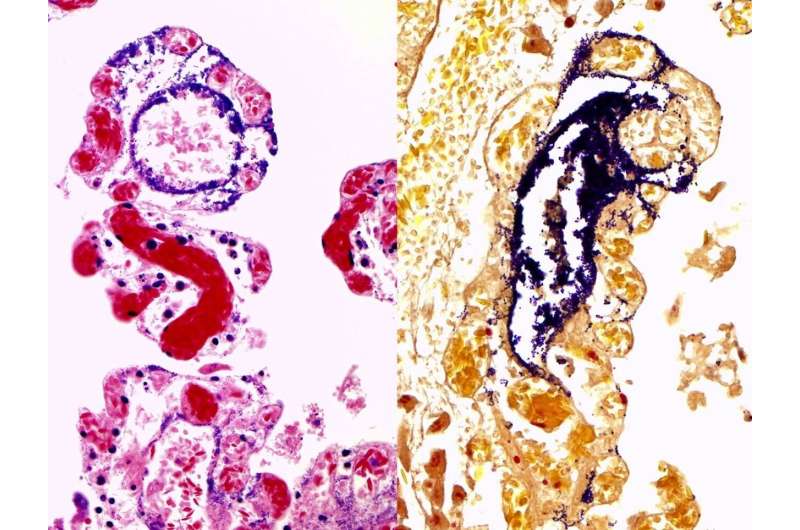New route of infection found for bacterium that spreads from horses to humans

Research has made it possible to detail for the first time the spreading of a bacterium through lymph vessels and not just blood vessels, thus being able to invade the digestive system of infected animals through this new route.
Professor of Histology and Pathologic Anatomy of the Faculty of Veterinary Medicine of the CEU Cardenal Herrera University (CEU UCH) of Valencia, Juan Manual Corpa Arenas, is the co-author of the study that has described, for the first time, a new route of infection for bacterium Streptococcus equi subspecieszooepidemicus, whose transmission from horses to humans has been documented. In this new study conducted on alpacas, professor Corpa and researchers from the University of Davis, California, conclude that the spreading of this bacterium can take place not only through blood vessels, as was believed until now, but also through lymph vessels, and can invade the digestive system of some infected animals through this route.
As Corpa explains, "this subspecies of the Streptococcus equi bacteria is typically found in the respiratory system of healthy horses and those with pneumonia, and has also been associated with numerous syndromes in different animal species such as dogs, camelids, ruminants, pigs and primates. Similarly, infections from this bacterium have also been documented in people that were in close contact with horses, which is why it is said to be zoonotic, in other words, that it can transfer from animals to humans."
With alpacas, in California
Corpa has collaborated with researchers from the California Animal Health and Food Safety (CAHFS) System in this study, conducted on cases of alpacas who suffered from a natural infection caused by this subspecies of the Streptococcus equi bacterium, which causes in these South American camelids the so-called "alpaca fever". Alpacas with this disease can also infect people who come into contact with these animals. The study also describes that the injuries associated with "alpaca fever" are basically located on the serosal surfaces of these camelids: pleura and peritoneum.
As highlighted by professor Corpa, "when humans become infected with this bacterium, mainly due to the contact with horses, they can sometimes develop severe diseases such as meningitis, endocarditis, aortic aneurisms, thrombosis, spondylodiscitis, etc. In the most extreme cases, these infections can cause death. This is why the disease is considered a budding zoonosis, which can affect people who are in close contact with these animals."
More information: Juan M. Corpa et al. Streptococcus equi subspecies zooepidemicus septicemia in alpacas: three cases and review of the literature, Journal of Veterinary Diagnostic Investigation (2018). DOI: 10.1177/1040638718772071
Provided by Asociacion RUVID



















